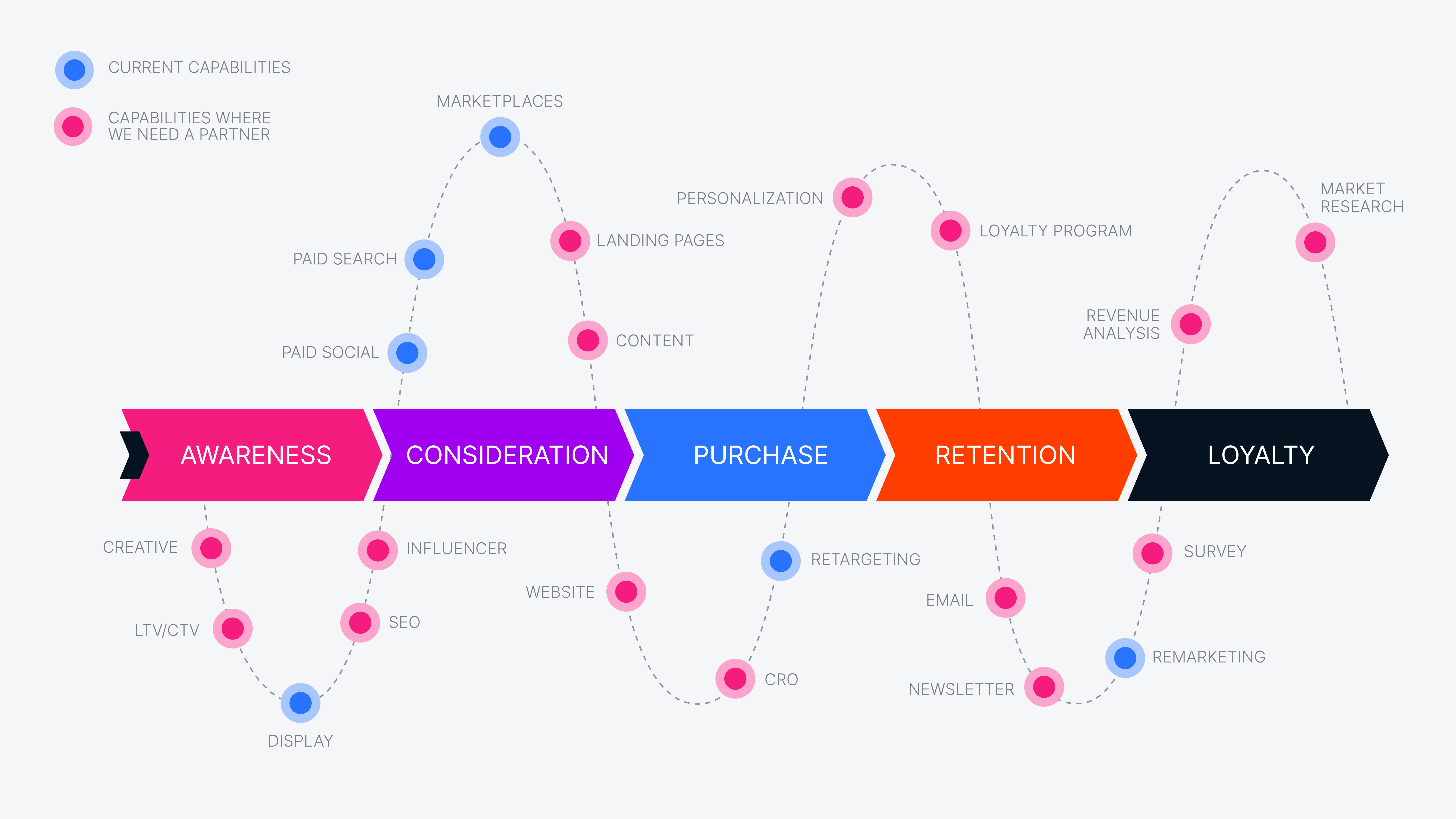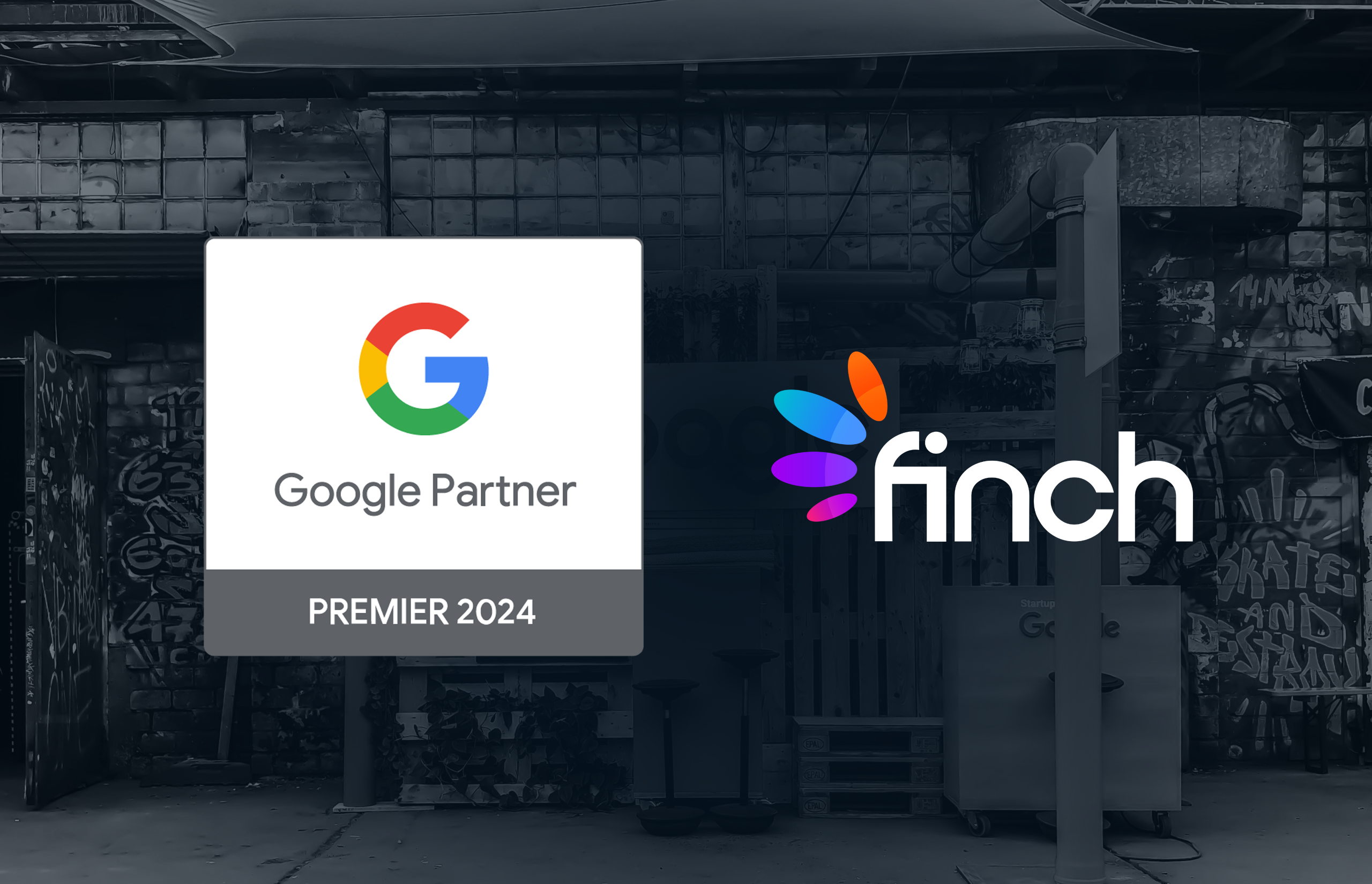This problem exists because it is a very complex industry that requires people with specific industry knowledge and solid technology. There are also very low barriers to entry; anyone can start a PPC company with as little as a credit card and a clue. Once started, these companies solicit clients using tricks with the promise of eternal sunshine for a nominal fee. These promises have given our industry a bad rap over the years, and rightfully so.
There is also an imbalance of information between the advertiser and the search engine.
Every time someone starts typing in the search box, Google and Bing rev up their monster engines filled with big data, machine learning and AI components to predict the exact value of the click they are about to sell you by stack ranking the advertisers (creating ad rank). They know everything about the person doing the search, and they know everything about each of the advertisers. When they serve up the ad they have calculated down to a fraction of a penny exactly what that click is worth to them. This is the supply side of selling clicks and they hold all the cards
On the demand side of buying clicks, is the advertiser. They know very little about what that next click is worth to them and what they know, they do not execute on. Don’t believe me? Do this:
- Log onto your AdWords account
- Select Settings
- Select Devices, the go to Columns/Modify Columns:
- Select Conversions, and add All Conv. Value / Cost.
- This will give you the ROAS metric. Now click on the column header for All Conv. Value / Cost to sort by ROAS.
- Find the first Device line and look at the ROAS number and then look at the matching Bid Adj. Percentage.
Examples:
If your target cost of revenue is 20% that should match up with a ROAS of 5.
If your ROAS is 10, then your Bid Adj. should be 100% (double the bid).
Alternatively, sort by the bid adj. column (click twice to make it descending), and then look if the bid modifier matches the performance of that campaign.
Consider that this quick analysis gave you relatively high level information for the campaign. Imagine what discrepancies and opportunities you will find if you drop down to a keyword or PLA level!
Finally, each click that you buy has many variables that must be adjusted to reflect the true value of that next click. Each variable (PLA, keyword/match type, device, audience, location, etc.) has a major impact on the final outcome and the value. Once you know how each of these variables influence the value of that next click, then you need to act on it.
Being able to act on it is the hardest part. There is so much going on in that microsecond before the click is purchased that it’s humanly impossible to manage in real-time. Truthfully, there is only one way to manage it: by using software. Call it automation, programmatic, or machine-learning, this is how advertisers are successfully buying profitable clicks nowadays.
When it comes to using granular and accurate information about each specific click being purchased, advertisers are at a huge disadvantage. The Search Engine giants have all the information. It’s an unfair match. However, there is good news for advertisers: this large gap can be closed by taking advantage of the machine-learning technology that is now available.
This article series will discuss how new technology has started to change the paid search industry, it has started slowly but the industry will see rapid adoption over the next 12-18 months.
Impactful areas that will be covered in this article series
- Automation,
- Programmatic approach,
- Machine learning, applications and their impact,
- Campaign/keyword/PLA structure, build and maintenance automation,
- Influencing Quality Score in large scale, and
- How attribution modeling and its application amplifies the above!
A teaser of what to expect in this series
This graphic shows an account deploying an automated solution to improve Quality Score. This is done by creating growth by increasing the relative number of exact match clicks purchased. It works incredibly well and has helped crack the code to influencing Google’s Quality Score. The details on how to do this will be covered in detail in the “Article 4: Campaign/Keyword/PLA Automation.”
Our industry is ready for an overhaul because of the huge gap between the supply side and the demand side capabilities. Technology advances and new companies offering solutions will be your partners of the future. The days of archaic spreadsheets and limited bidding tools are in the past. Luckily, this solution and technology is available in the market today and for those who made the change they are seeing big rewards.
Finch is one of those companies who can help you with a real solution to an old problem. Recently, Finch was rewarded Google’s #1 Shopping Partner Performance award for its technology driven solution, based on the execution of the above. Next up: Automation.







